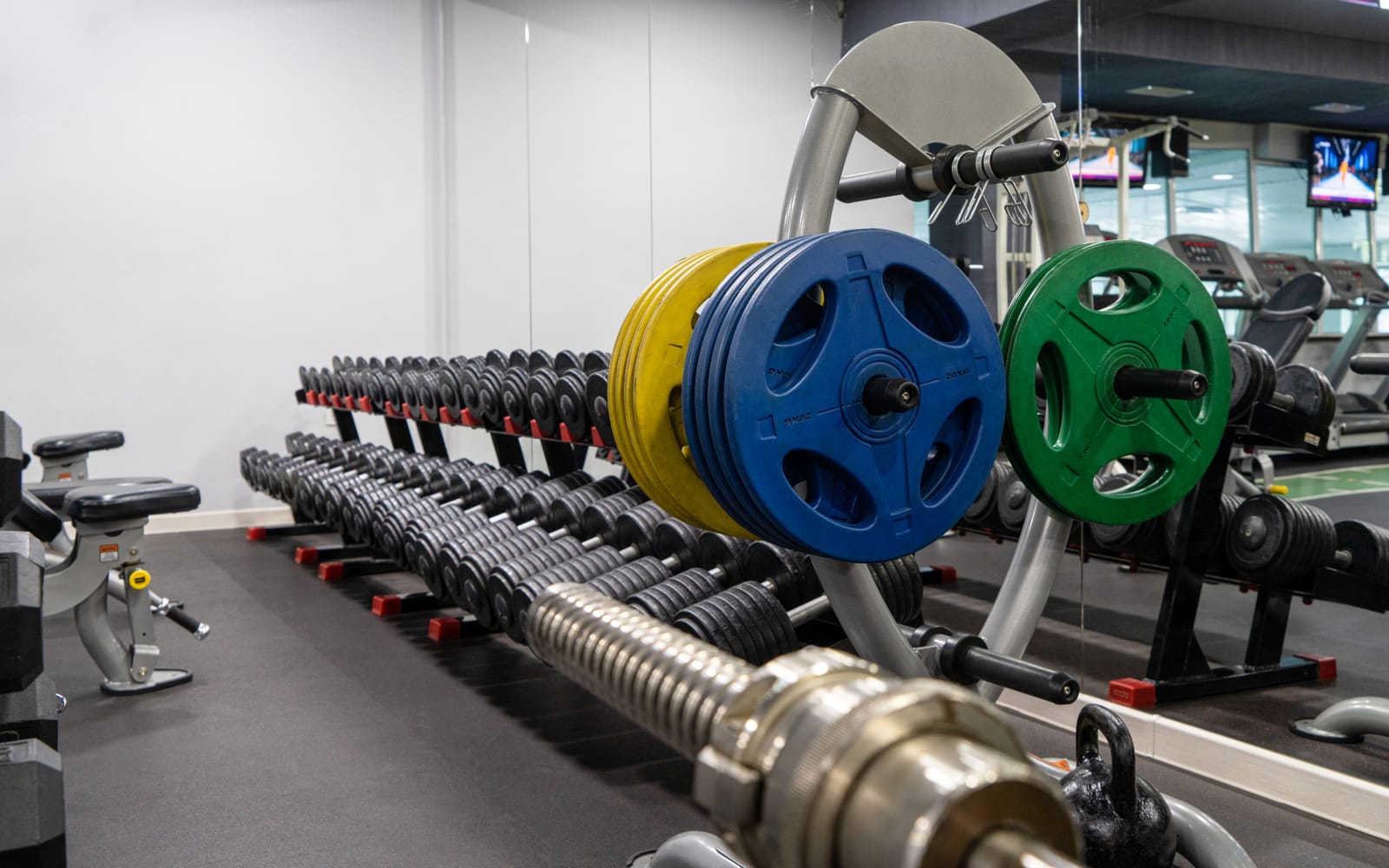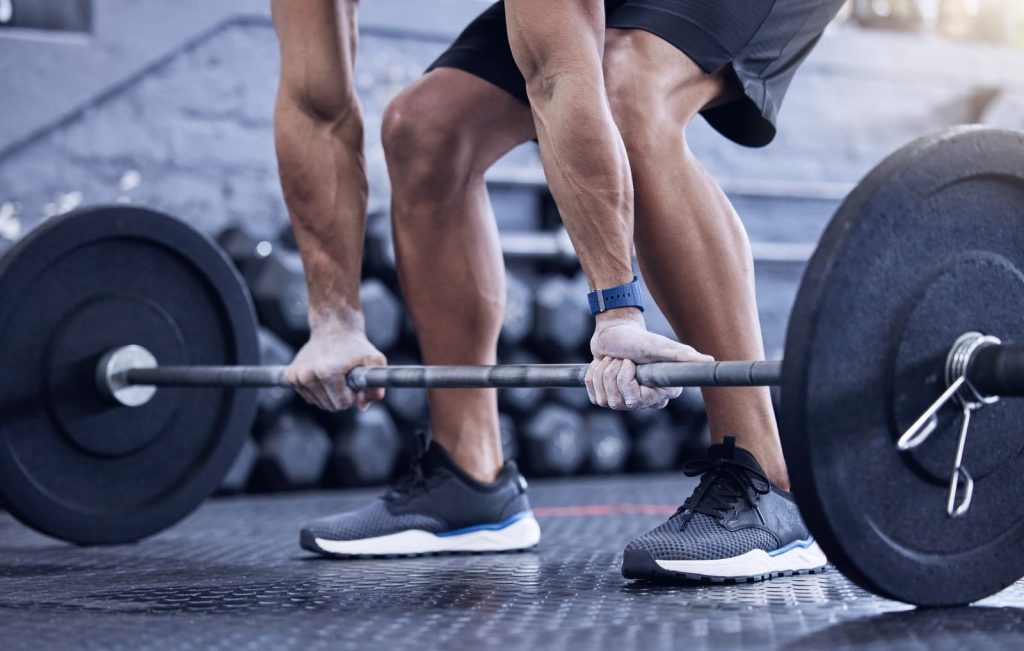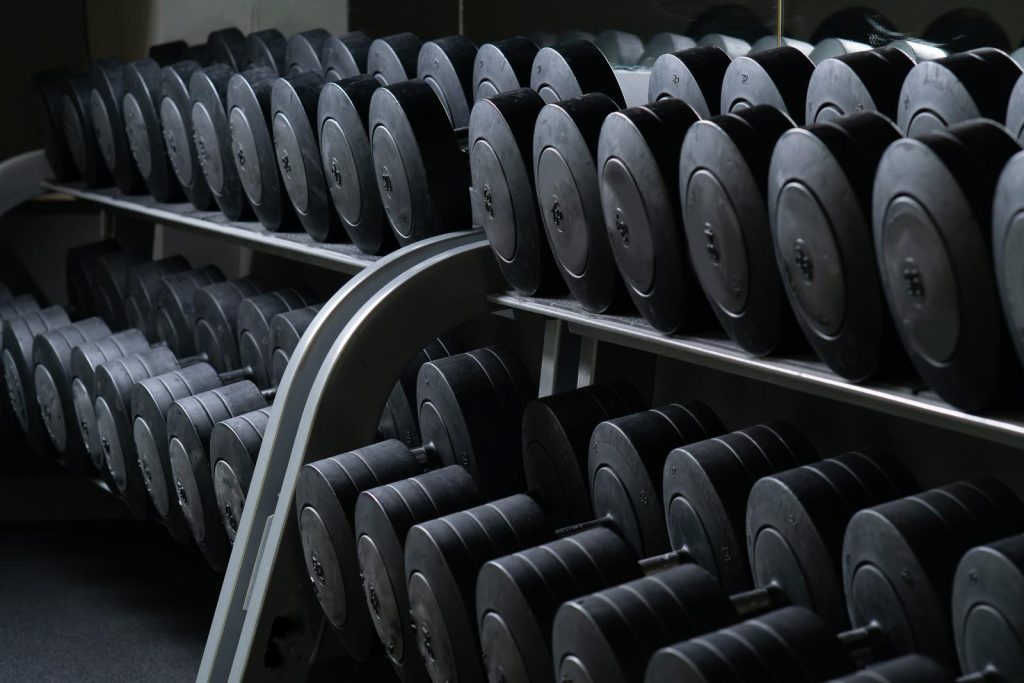
Best Weight Plate Exercises & Workouts & How to Perform Them
Weight plates are a versatile and effective tool for strength training. Whether you’re a beginner or an advanced fitness enthusiast, weight plates can be used to target different muscle groups and provide progressive overload for muscle growth.
These metal plates can be incorporated into various exercises such as bench presses, dumbbell workouts, leg press machines, and more. With different weights available, you can easily adjust the intensity of your workout to suit your fitness level.
Proper Techniques for Maximizing Workouts with Weight Plates
Maintain Proper Form and Technique
To maximize your workout with weight plates, it is crucial to maintain good technique and form throughout your exercises. This not only ensures that you are targeting the correct muscles but also helps prevent injuries. Focus on performing each movement with control and precision, keeping arms straight and avoiding any jerky or sudden motions.
Read Also: An Advanced Weight Training Workout for Building Mass and Strength
Engage Core Muscles for Stability
Engaging your core muscles is essential when using weight plates as gym equipment. Your core acts as a stabilizer during exercises, helping you maintain balance and control. By keeping your core tight and core braced, you can enhance the effectiveness of your workout and reduce the risk of strain or injury.
Control Movement Throughout the Range of Motion
Controlling the movement throughout the entire range of motion is another key aspect of using weight plates effectively. Bring the weight slowly and hold the plate with both hands at chest to maintain a slow and controlled pace. This allows you to fully engage the targeted muscles while minimizing stress on joints and tendons.
Gradually Increase Weights to Challenge Muscles
To continue making progress, incorporate plates into your workouts, it’s important to gradually increase the weights you use with weight plates. As your muscles adapt to a certain weight level, they become more efficient at lifting it. To avoid plateaus and keep challenging your muscles, periodically add small increments of weight to push yourself further.
By following these proper techniques when using weight plates as fitness equipment, you can optimize your workouts for maximum results while minimizing the risk of injuries.
Creative Weight Plate Exercises for a Full-Body Workout

Squat Press
Combine lower body strength with shoulder and arm engagement by performing the squat press. Start by holding the weight plate at chest level, stand with feet shoulder-width apart or feet hip-width apart, then lower into a squat position. As you stand up, extend your arms weight overhead, pressing the weight plate towards the ceiling. This exercise targets multiple muscle groups simultaneously, engaging the entire body.
Russian Twists
Target your obliques and improve core stability with Russian twists using a weight plate. Sit on the floor with your knees bent and feet lifted off the ground. Hold the weight plate in front of you and twist your torso from side to side, rotating the plate and touching it to the floor on each side. This exercise helps strengthen your core muscles and isolate the abdomen.
Plate Lunges
Strengthen your legs while challenging balance and coordination with plate lunges. Hold the plate at your chest with both hands, arms extended forward. Step forward with one leg, lowering into a lunge position while keeping your lower back straight. Push through your front heel to return to a standing position and repeat on the other leg.
Bent-Over Rows
Work your upper body, shoulders, and biceps effectively with bent-over rows using a weight plate. Stand with feet shoulder-width apart and knees slightly bent. Holding a weight plate with both hands, lean forward at the feet hip-width-apart while keeping your hips back straight. Pull the plate towards your body, squeezing your shoulder blades together before slowly lowering it back down.
These are just four examples of creative exercises you can do using weight plates for a full-body workout. Incorporating these exercises into your routine will help target different muscle groups while adding variety to keep things interesting.
Tips for selecting the right weight plates and equipment setup
Choose weight plates that match your fitness level and goals
When selecting weight plates for your gym equipment, it’s important to consider your fitness level and goals. Start with weights that are appropriate for your current strength and ability. If you’re a beginner, opt for lighter-weight plates to avoid injury and allow for proper form. As you progress, gradually increase the weight to continue challenging yourself.
Read Also: Tips for Choosing and Organizing Your Home Gym Equipment
Consider investing in adjustable dumbbells or barbells for versatility
To add versatility to your workout routine, consider investing in adjustable dumbbells or barbells. These allow you to easily adjust the weight by adding or removing plates as needed. With adjustable equipment, you can perform a wide range of exercises without the need for multiple sets of fixed-weight dumbbells or barbells.
Adjustment points:
-
Look for dumbbells or barbells with clear adjustment instructions.
-
Ensure that the adjustments can be made easily and securely.
-
Consider equipment that allows adjustments in small increments to fine-tune your workout.
Shoulder width:
-
Adjusting the width of a barbell can target different muscle groups.
-
A wider grip engages more of the back muscles, while a narrower grip focuses on the triceps.
Type:
-
Different types of weight plates include bumper plates, cast iron plates, and Olympic rubber plates.
-
Bumper plates are ideal for Olympic lifting due to their durability and ability to absorb impact.
-
Cast iron plates are classic options known for their longevity.
-
Rubber-coated plates protect floors from damage when dropped.
Remember: If you’re unsure about how to properly use weight plates or set up your gym equipment, don’t hesitate to ask a staff member at your gym. They will be happy to assist you in making appropriate adjustments and ensuring that you have a safe and effective workout experience.
Progression Strategies for Increasing Intensity and Building Strength
To effectively use weight plates as gym equipment, it’s important to have a progression strategy in place. This will help you gradually increase intensity and build strength over time. Here are some strategies you can incorporate into your routine:
Gradually Increase Weights or Repetitions Over Time
One way to progress in your strength training is by gradually increasing the weights or repetitions over time. Start with a weight that challenges you but allows you to maintain proper form, ensuring your elbows are behind your body and your knees are bent slightly. As you get stronger, gradually increase the weight or add more repetitions to continue challenging your muscles.
Incorporate Supersets or Drop Sets into Your Routine
Supersets and drop sets are effective techniques for increasing intensity during your workouts. A superset involves performing two exercises back-to-back without resting in between, such as a plank followed by a shoulder raise with plates. This helps target multiple muscle groups and increases the overall workload on your body. Drop sets involve starting with a heavy weight and then reducing the weight as you fatigue, allowing you to push beyond your normal limits by moving the plate forward, around your head, or extending it overhead.
Focus on Compound Exercises That Engage Multiple Muscle Groups
Compound exercises, such as squats, deadlifts, bench presses, and weight plate overhead presses, engage multiple muscle groups at once. These exercises are great for building overall strength and maximizing efficiency in your workouts. By incorporating these compound movements into your routine, you can target multiple muscle groups simultaneously and make significant gains in strength, improving overall strength and stability.
Allow Adequate Rest Between Workouts to Promote Recovery
Rest is an essential component of any strength training program. It’s during rest periods that your muscles repair and grow stronger. Make sure to allow adequate rest between workouts to promote recovery and prevent injury. Aim for at least one day of rest between sessions targeting the same muscle group.
By implementing these progression strategies into your workout routine, you can take your strength training to the next level and achieve your fitness goals effectively.
Common Mistakes to Avoid When Using Weight Plates

Improper Form Leading to Potential Injuries
Using weight plates as gym equipment can be an effective way to build strength and increase muscle mass. However, it is crucial to use proper form during exercises to avoid potential injuries. One common mistake people make is using momentum instead of controlled movements when lifting weights, not keeping their elbows bent or their palms facing the correct direction. This not only reduces the effectiveness of the exercise but also puts unnecessary strain on the joints and muscles.
Another mistake is using too much weight without mastering the correct technique. It’s important to start with lighter weights and focus on performing each movement correctly before gradually increasing the load. This allows your body to adapt and helps prevent injuries caused by overloading.
Neglecting Warm-Up Exercises Before Starting a Workout
Before diving into your workout routine, it’s essential to warm up properly. Neglecting warm-up exercises can increase the risk of muscle strains, sprains, and other injuries. Warm-up exercises help increase blood flow to the muscles, improve flexibility, and prepare your body for more intense activity. Some common warm-up exercises include light cardio activities like jogging or jumping jacks, dynamic stretches that target major muscle groups, and mobility exercises that focus on joint mobility and range of motion. Taking just a few minutes to warm up can significantly reduce the risk of injury during your workout.
Some common warm-up exercises include light cardio activities like jogging or jumping jacks, dynamic stretches that target major muscle groups, and mobility exercises that focus on joint mobility and range of motion. Taking just a few minutes to warm up can significantly reduce the risk of injury during your workout.
Mastering weight plate exercises for optimal fitness results
We started by discussing proper techniques that can help you maximize your workout with weight plates. From there, we delved into 15 creative weight plate exercises that provide a full-body workout. We also provided tips on selecting the right weight plates and setting up your equipment for optimal performance.
To further support your fitness journey, we shared progression strategies for increasing intensity and building strength with weight plates. Lastly, we highlighted common mistakes to avoid when using these versatile tools in order to ensure safety and effectiveness.
Now armed with this knowledge, it’s time to put it into action! Incorporate weight plate exercises into your workouts and witness the transformative impact they can have on your overall fitness level. Remember to start slow, focus on proper form, and gradually increase the intensity as you progress. With dedication and consistency, you’ll be well on your way to achieving your fitness goals.
Read Also: Barbells vs. Dumbbells – Which Gym Equipment is Right for You?
FAQs
Can I use weight plates at home without a gym setup?
Yes, weight plates can be used at home even without a dedicated gym setup. You can perform various exercises such as lunges, squats, overhead presses, or deadlifts using just a single or pair of weight plates. Make sure to choose an appropriate surface that can handle the impact of dropping weights if necessary.
How do I know which weight plates are right for me?
The choice of weight plates depends on your current fitness level and goals. Start with lighter weights if you’re a beginner and gradually increase the load as you build strength. It’s recommended to consult with a fitness professional who can guide you in selecting the appropriate weights based on your individual needs.
Are there any specific safety precautions I should take when using weight plates?
Yes, safety is paramount when using weight plates. Always ensure that the weight plates are securely fastened to the barbell or dumbbell before lifting. Maintain proper form throughout each exercise to avoid injury, and never sacrifice technique for heavier weights. It’s important to warm up properly before engaging in any weight plate exercises.
How often should I incorporate weight plate exercises into my fitness routine?
The frequency of incorporating weight plate exercises into your routine depends on your overall fitness goals and current workout schedule. It’s recommended to start with 2-3 sessions per week and gradually increase as you become more comfortable and experienced with the exercises.
Can weight plate exercises help with muscle building?
Yes, weight plate exercises can be highly effective for muscle building. By challenging your muscles through various compound movements, such as squats or overhead presses, you stimulate muscle growth and strength development. Consistency, progressive overload, and proper nutrition are key factors in maximizing muscle gains.
Explore our wide range of weight plates and gym equipment at Dynamo Fitness Equipment in Australia. We are the #1 gym equipment store in Australia offering almost all types of fitness equipment for home and commercial gyms. Please contact us for more information and get fast Australia-wide delivery.
